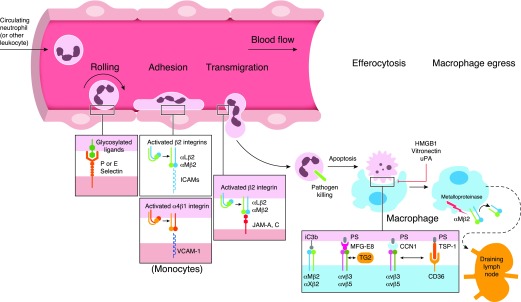Figure 2. Integrin-dependent mechanisms drive the onset and resolution of acute inflammation.
Interaction between selectins and their glycosylated ligands promotes leukocyte rolling to endothelium. As a next step, leukocyte adhesion is mediated by the interaction among αMβ2, αLβ2, and α4β1 integrins with their counter-receptors (ICAMs, VCAM-1). The binding of β2 integrins to ICAMs or JAMs regulates transmigration that occurs mainly paracellularly. Integrins αvβ3/5 play a major role in the clearance of apoptotic neutrophils by phagocytes (efferocytosis). TSP-1, CCN1, and MFG-E8 act as bridging molecules that regulate recognition of PS that is exposed on apoptotic cells. Negative regulators of αvβ3-dependent efferocytosis include HMGB1, Vitronectin, and uPA. The β2 integrins αMβ2 and αXβ2 promote efferocytosis of apoptotic cells coated with the complement activation product iC3b. In the course of inflammation resolution, β2 integrins are also involved in macrophage egress to draining lymph nodes.

